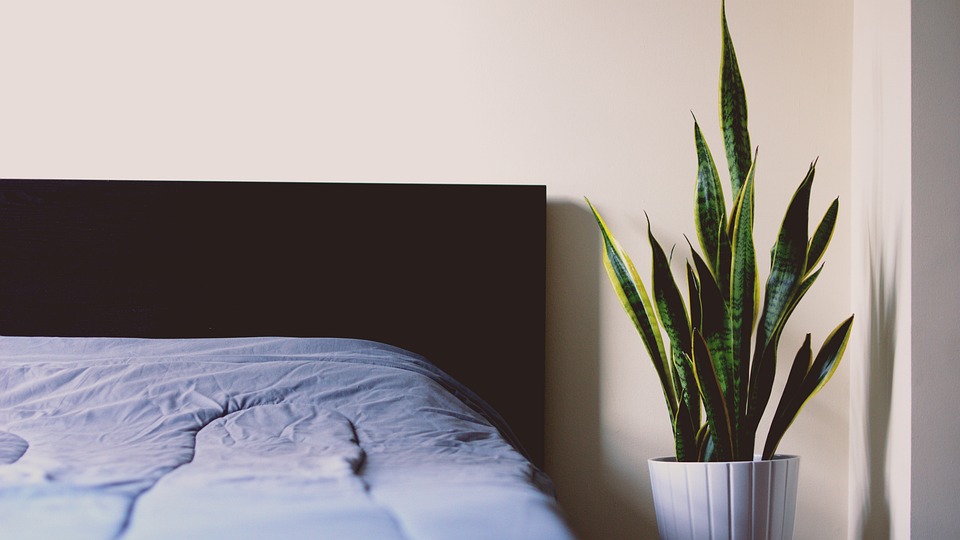Introduction
Indoor gardening is a fantastic way to bring nature indoors and create a serene and beautiful environment in your own home.
Choosing the Right Plants
Not all plants are suitable for growing indoors.
Creating an Optimal Environment
Aside from light, temperature and humidity play a crucial role in the success of your indoor garden.
Providing Adequate Water and Drainage
Overwatering is one of the most common mistakes made by indoor gardeners.
Fertilizer and Nutrient Needs
Indoor plants require a regular supply of essential nutrients to thrive.
Dealing with Common Pests and Diseases
Indoor plants are not immune to pests and diseases.
Caring for Specific Plant Types
Different plants have varied care requirements.
FAQs
What are some low-maintenance indoor plants for beginners?
Some easy-to-care-for plants for beginners include snake plants, pothos, ZZ plants, and spider plants.
How often should I water my indoor plants?
The watering frequency varies depending on the plant and environmental conditions.
How can I increase humidity levels for my humidity-loving plants?
To increase humidity for plants that thrive in high humidity, consider using a humidifier, placing a tray filled with water near the plants, or grouping several humidity-loving plants together.
What are some common signs of pests and diseases in indoor plants?
Common signs include yellowing or wilting leaves, stunted growth, visible pests on leaves or stems, powdery mildew, or mold.
When should I repot my indoor plants?
Repot your plants when they outgrow their pots or the soil becomes excessively compacted.
Can I use regular garden soil for indoor gardening?
Regular garden soil is generally not suitable for indoor gardening, as it may be too heavy and lacking proper drainage.




